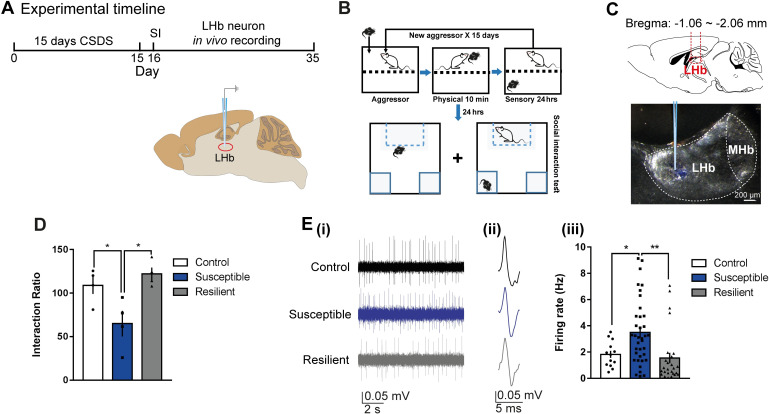Fig 1. Increased daytime firing in LHb cells of susceptible mice.
(A) Experimental timeline of 15 days CSDS paradigm, SI, and in vivo single-unit recording in the daytime. (B) Detailed schematic of the CSDS paradigm using C57BL/6J male mice and CD1 retired male breeders (aggressor) and SI test. (C) Schematic showing anatomical site of LHb (top) and example site of glass electrode recording in the LHb (bottom). (D) SI data showing that in the presence of a CD1 social target (nonaggressor), susceptible mice display decreased SI ratio (F2,9 = 7.295, P < 0.05, N = 4 mice/group). (E) (i) Example traces, (ii) typical action potentials of recorded LHb cells of control (top), susceptible (middle), and resilient mice (bottom) after SI test. (iii) Increased firing rate in susceptible mice (F2,73 = 7.195, P = 0.0014; N = 4 mice/group, n = 13–37 cells/group). Error bars: mean ± SEM. The raw data can be found in S1 Data. CSDS, chronic social defeat stress; LHb, lateral habenula; MHb, medial habenula; SI, social interaction.

